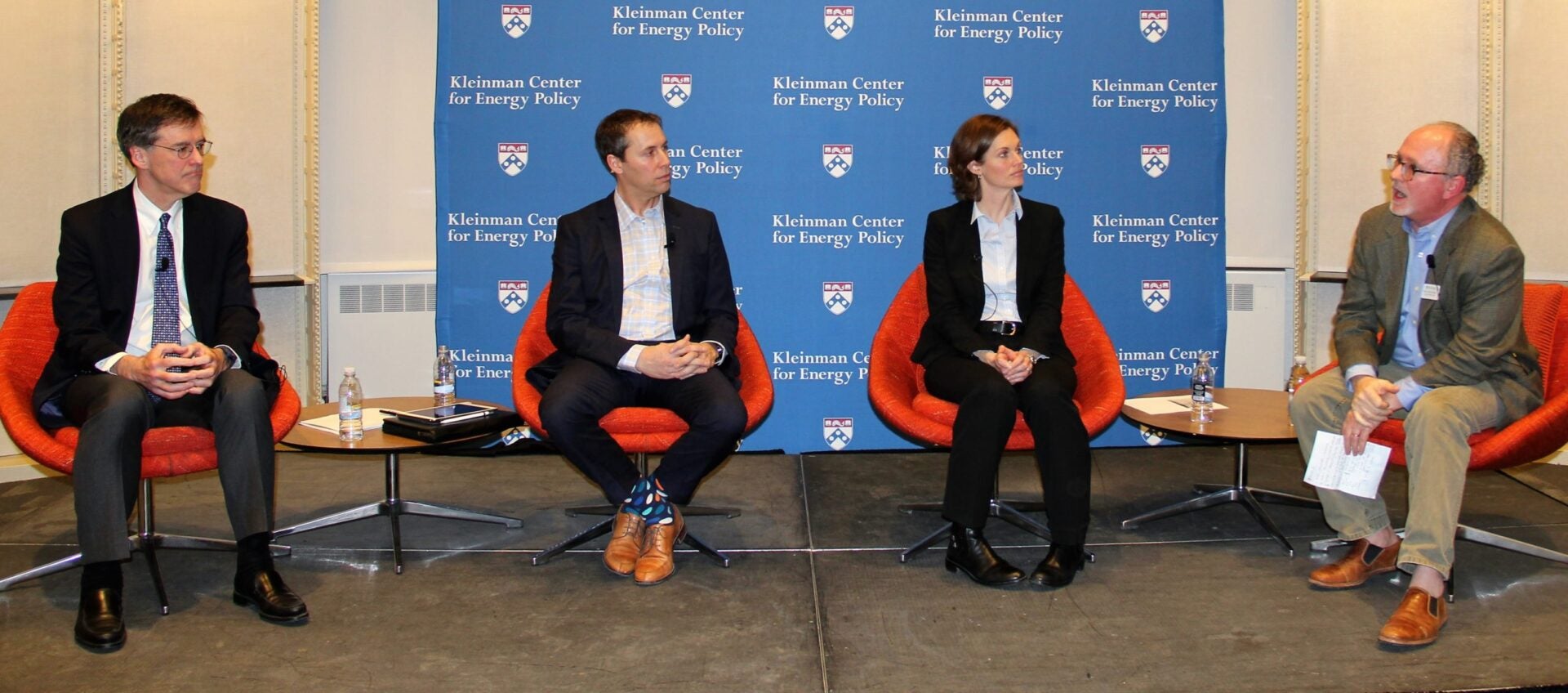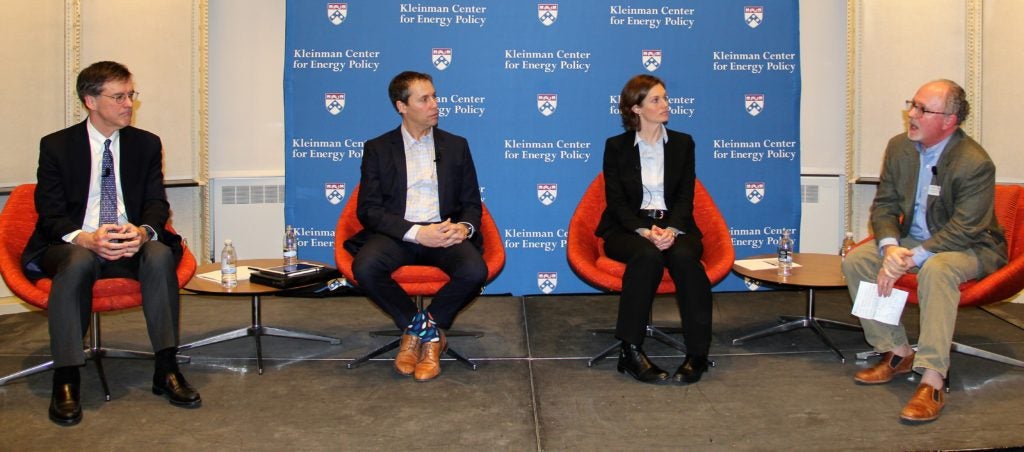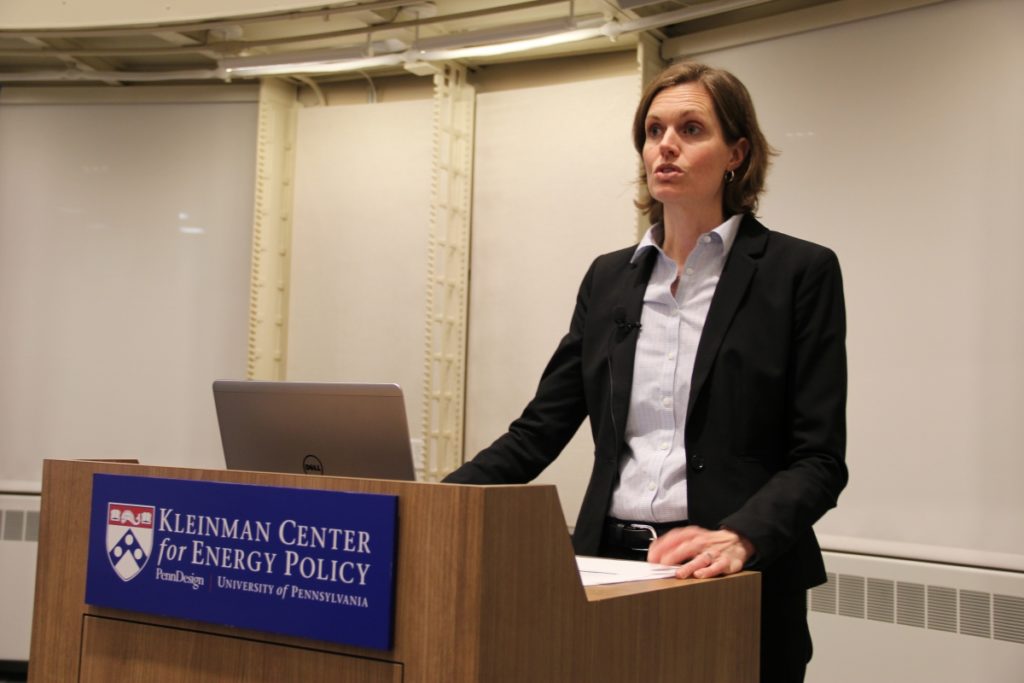
Fighting Global Warming by Finding Common Ground

In 2015, the Canadian province of Alberta found itself between a rock and a hard place on the contentious issue of climate change. The province was home to two seemingly irreconcilable industries, one that aimed to exploit its energy resources, and the second which depended upon the beauty of Alberta’s pristine environment for its very existence. Both were major drivers of the province’s economy.
Alberta’s Athabasca Oil Sands housed its growing oil industry, a source of jobs and provincial revenue that faced intensifying scrutiny for its outsized greenhouse gas emissions. The province also cultivated its image as an outdoor destination, with areas such Banff in the Canadian Rockies that underpinned its tourism industry.
“It was critical that Alberta take action for our country to meet its Paris climate commitments.”
Recognizing the need to combat global warming, and to play a leading role in Canada’s larger effort to address its carbon emissions, Alberta’s industries, indigenous populations, and consumer groups embarked on negotiations to reconcile these diverse interests and arrive at a plan for carbon reduction. The result was unprecedented: On January 1st, 2017 Alberta implemented the first economy-wide carbon tax in North America, a plan that it hopes will address emissions and the challenge they pose to business and the future health of Alberta’s economy.
On January 24th, the Kleinman Center hosted a panel discussion, Pricing Carbon: Lessons from Canada, that welcomed three experts to discuss Alberta’s Climate Leadership Plan.
Gitane De Silva, Alberta’s senior diplomatic representative to the United States, and John Mitchell, Vice President of Canadian oil company Cenovus Energy, highlighted the coalition building process that led to implementation of the plan, which includes the tax, a related emissions ceiling on the oil sands industry, and the phasing out of coal generation from the electricity sector. Dr. Jim Hines, a professor of law and economics at the University of Michigan, weighed in on the advantages and pitfalls of a carbon taxation.
Reconciling Environment and Growth
As negotiations leading to the Climate Leadership Plan began, Alberta faced a history of contentious relations between the energy industry, environmentalists, and other stakeholders.
“We came to the realization, and the environmental community came to the realization at the same time, that we were in an endless shouting match with each other,” said Cenovus’ Mitchell. “We weren’t getting infrastructure built and access to markets, and they weren’t getting strong carbon policy.”
Given the difficult politics of climate change in the United States, consensus on a climate plan might seem far-fetched here. But in Alberta, conservative and liberal governments held a common agenda on climate change driven by their dual loyalties to economic development and their environment. Alberta’s burden was particularly large, as it had just 11 percent of Canada’s population, but was the source of 37 percent of the country’s greenhouse emissions.
Backstopping Technology
“It was critical that Alberta take action for our country to meet its Paris climate commitments,” said De Silva.
With that in mind, Alberta’s various stakeholders set out to find common ground upon which the Climate Leadership Plan could be built.
“There were a couple of things we could agree on,” said Mitchell. Energy companies’ belief was that technology could “solve some of the climate change challenges associated with what we do,” he said.
Yet environmental groups were cautious. They agreed that technology had the potential to help slow emissions from oil production, but were wary of signing onto a plan that didn’t lock in carbon reductions should technological innovation fail to deliver.
Addressing Consumer Needs
The proposed solution featured a carbon tax that would drive up the cost of transportation and heating fuels, in turn limiting energy demand. Alberta’s plan would align with carbon reduction goals pushed by Canada’s federal government, helping to ease competitiveness concerns even though Alberta’s standards were more stringent than those pushed nationally.

At the same time, oil companies, which were not subject to the tax, agreed to a cap on oil sands emissions of 100 megatons per year. The cap would allow for industry growth but with a limit on emissions that would be substantially lower than otherwise projected. It was an assurance that environmental groups could agree to.
Yet for the plan to succeed, it would also need to be palatable to consumers, who would feel the C$20 levy on each ton of carbon emissions at gasoline pumps and on heating bills.
“The reality is that reducing greenhouse emissions and other pollutants is expensive,” said Dr. Hines. “One way to mitigate those concerns is to rebate some of the additional tax revenue to the tax paying population.” The Albertans took such a route.
“Government felt that a price on carbon was central to a credible and impactful plan to address climate change,” said De Silva. To address public concern, “all the funds generated by the tax are kept in province and reinvested in the province,” she says. “More than 60 percent of Albertans will get a check from the government that offsets the cost of the levy.”
Over the coming five years the carbon tax will raise C$9.6 billion. The government will distribute a third of revenues to households and small businesses, with the balance of money used to help support coal communities, renewable energy development, and related projects.
Alberta’s Climate Leadership Plan is just over a month old, and its impact remains to be seen. Nevertheless, as the visitors to Kleinman Center demonstrated, coalition building and, dare say it, taxes, can be tools to fight climate change.
